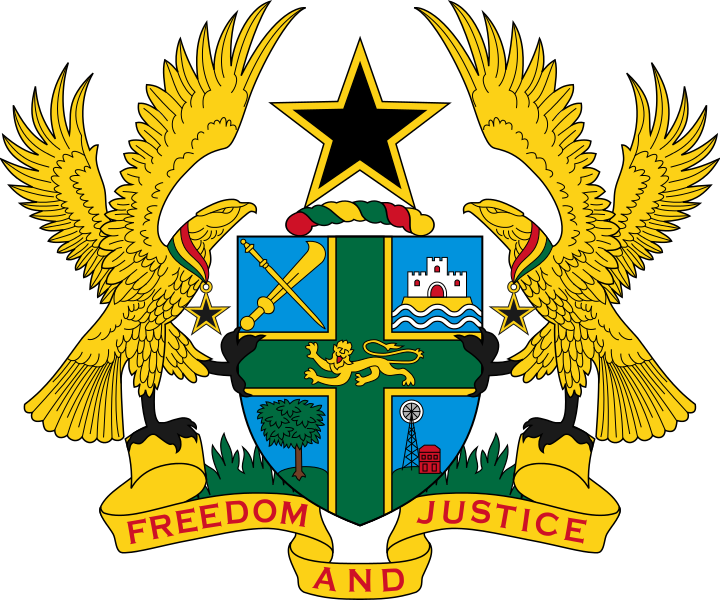The History of The Republic of Ghana
Ghana gained independence from colonial rule on 6th,March1957, thus making it the first country in Africa, South of the Sahara to regain independence from colonial rule.
Prior to independence on March 6, 1957, Ghana was called the Gold Coast. The earliest Europeans to set foot on the land were the Portuguese in the 15th century (1471). On their arrival, they found so much gold between the rivers Ankobra and the Volta that they named the area “da Mina”, meaning “The Mine”. In 1482, the Portuguese built the first castle in the Gold Coast at Elmina to enhance their trading activities especially in gold and slaves. By 1598, the Dutch also arrived in the Gold Coast to trade. They built forts along the coastal areas, notable among them being the Dutch fort at Komenda. In 1637, they captured the Elmina castle from the Portuguese and in 1642 captured Fort St. Anthony in Axim.
Many other European traders came to the Gold Coast to trade. These included the British, Danes and Swedes. The European traders built several forts along Ghana’s coastlines. In 1872, the Dutch lost interest in the coast and ceded their forts free to the British thus ended a period of Dutch occupation lasting 274 years. By 1874, the British who were then the only Europeans in the Gold Coast established the crown colony that brought the coastal states under its effective political control.
Christianborg Castle
Christianborg Castle is unique among the castles and forts along the coast of Ghana as it served as Government House during various periods in the 19th and 20th centuries and continues to play that role today. The building of the first lodge in the 17th century at Osu is attributed to the Swedish African company in 1657.
The Swedish headquarters at Carolusburg Castle, Cape Coast was captured by the Danish Guinea company led by Heinddrick Caerlof who himself was formerly Swedish Africa Company’s Commanding Director. .
This resulted in all Swedish establishments including Osu lodge passing into the hands of the Danish Africa Company, Caerlof defected to the Dutch in 1659. The Danish Commander of Carolusburg was tricked into believing that Denmark had been conquered. He therefore sold Caroluburg to the Dutch and with it the former Swedish establishments including Osu lodge.
The Ga Paramount Chief Okaikoi, disgusted with their trickery, asked the Dutch to leave Osu. In 1661, Jost Cramer, Danish government of Fredericksborg, near Cape Coast, acquired land from chief Okaikoi for 3,200 gold florins. The Danes built a stone fort to replace the earthen lodge and named it Christianborg (Christian’s fortress) after the former King of Denmark, Christian IV who had died in 1648.
.
Our Address
Embassy of Ghana, Germany
Chancery Section
Stavangerstrasse 17 and 19
10439 Berlin, Germany
P: (+49) 30 54 71 49-0
F: (+49) 30 44 67 40 63
E-Mail:
Please Click Here for Email with Subject
Embassy of Ghana, Germany
Consular Section
Stavangerstrasse 17 and 19
10439 Berlin, Germany
P: (+49) 30 54 71 49-50
F: (+49) 30 44 67 40 63
E-Mail:
Please Click Here for Email with Subject
